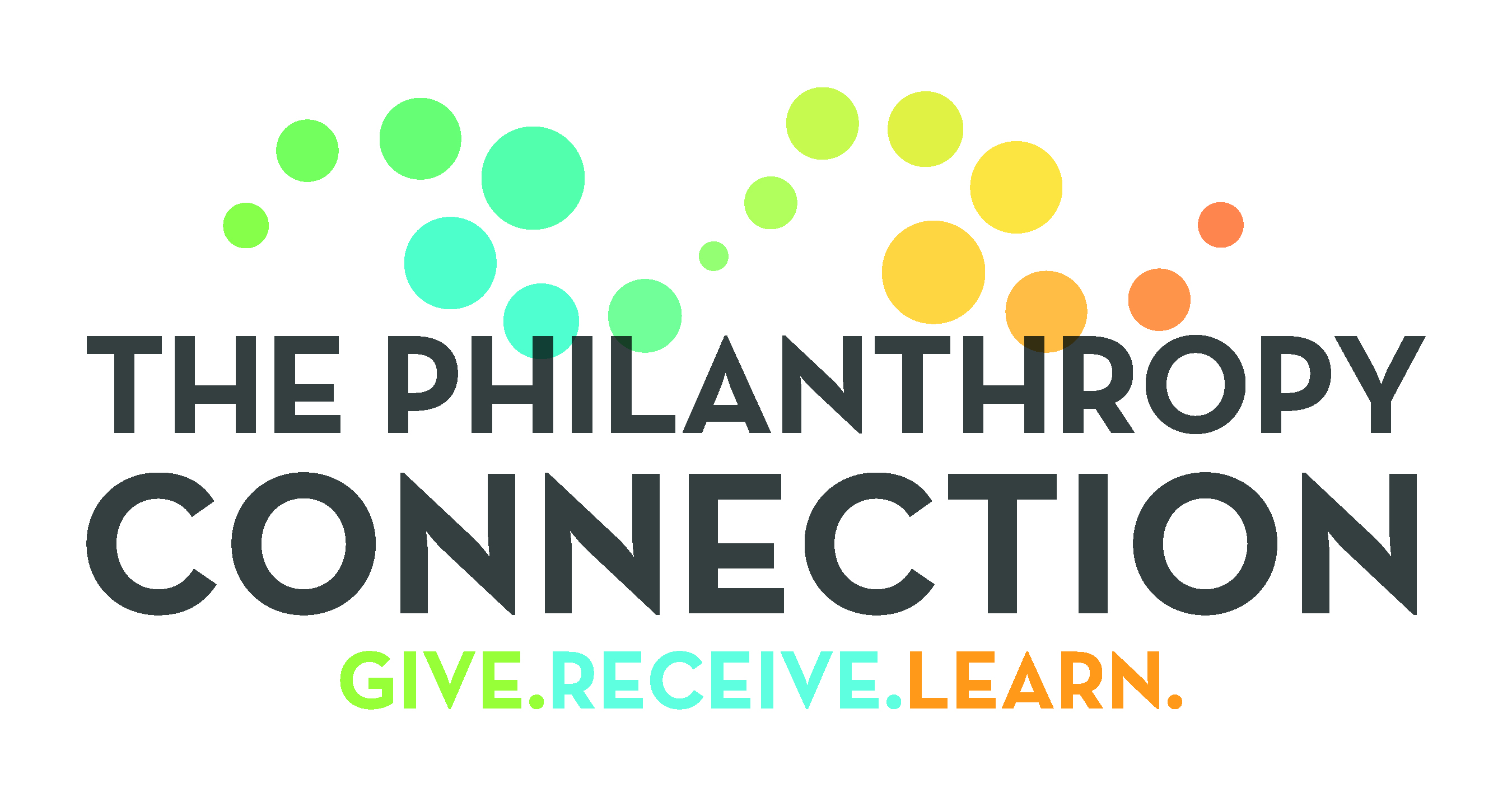TPC’s Diversity Task Force

The recently published report, Changing Faces of Greater Boston [1], documents a seismic demographic shift between 1990 and 2017: in each of Greater Boston’s 147 cities and towns, non-white populations have surged, with immigrants of color driving this change.
With this change in the composition of Boston comes the need for TPC to change so that our membership and leadership more closely mirror the population of Greater Boston. As such, we want to share our past efforts and future plans toward attaining this goal. To date, TPC:
- created a Diversity Task Force in 2016;
- added the Associated Grantmakers Diversity Form to our full proposal so that we can track the diversity of applicants’ leadership and staff;
- reviewed our grant documents, processes, and trainings for implicit bias, and reworked them where needed;
- increased by 50% the size of TPC’s outreach database of organizations notified of TPC funding.
As we continue work on diversity, inclusion, and equity, TPC also needs baseline data about our members. Look for a demographic survey coming mid-July, and help the Diversity Task Force commit to a mission and vision that:
- involves women of different races, ages, religions, ethnicities, and experiences as members and Board members, and
- provides all TPC stakeholders the opportunity to fully participate in planning and decision-making. We are working hard to ensure that the many different perspectives our members bring to the table are heard and valued.
This will be a key focus of the Task Force, given the statistics cited earlier.
Are you curious why there has been so much talk about diversity, inclusion, and equity in recent years? McKinsey & Co. published two landmark studies, Why Diversity Matters (2015) [2] and Delivering Through Diversity (2018) [3] that are very helpful if you’d like to learn more. This ground-breaking research made the business case for inclusion and diversity by identifying a correlation between diversity in the leadership of large companies and improved financial performance; diversity was defined as inclusion of a greater proportion of women and ethnically/culturally diverse individuals.
Additionally, companies in the top quartile for racial and ethnic diversity are 35% more likely to have financial returns exceeding industry medians.
Including varied constituents yields a greater array of perspectives and approaches to problem solving, enriching any organization that opts for this diversity. TPC’s work on racial equity and inclusion will be a long, occasionally difficult, and ongoing journey, and we will periodically report our progress.
If you are interested in learning more about this work, please contact connect@thephilanthropyconnection.org and consult these resources.
And, please respond to the demographic survey to support the work we’re doing to help make TPC even stronger!
[1] Changing Faces of Greater Boston. [2] McKinsey & Co. Why Diversity Matters. [3] McKinsey & Co. Delivering Through Diversity.